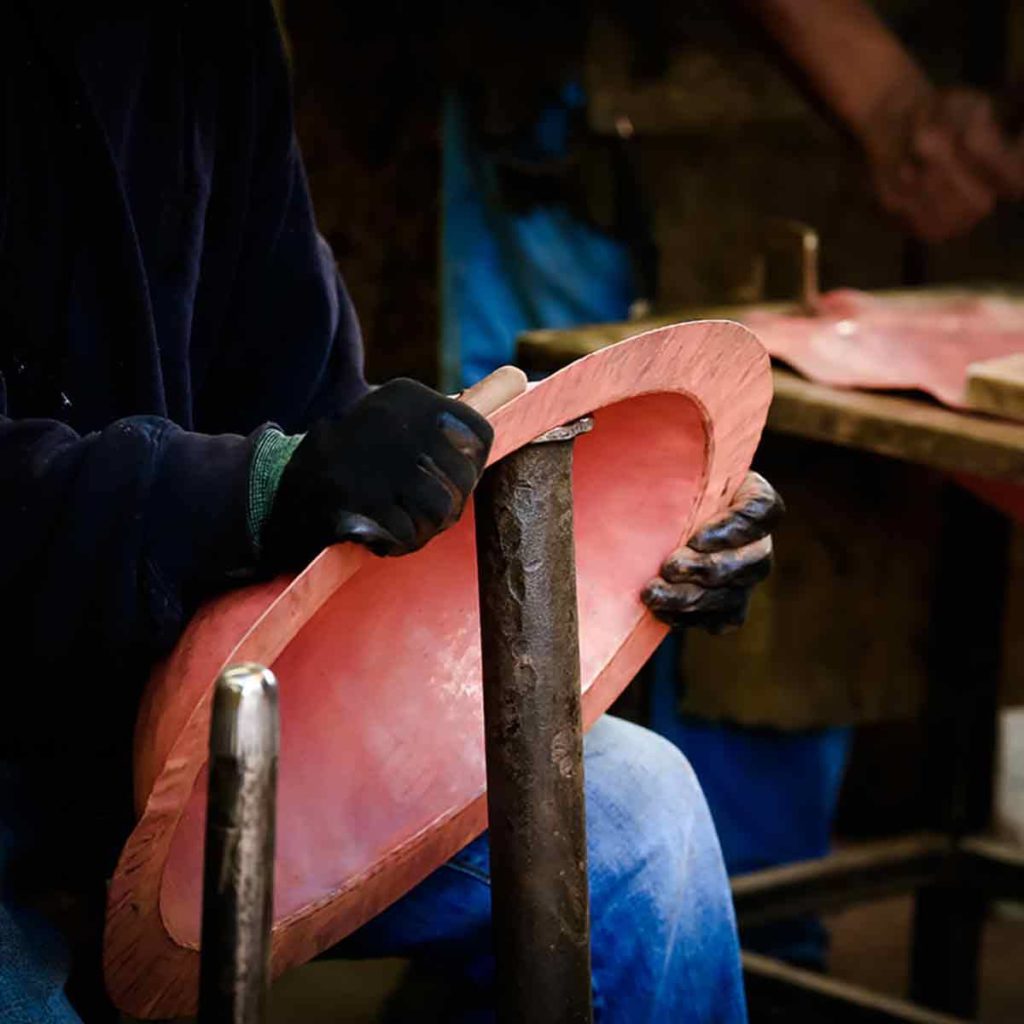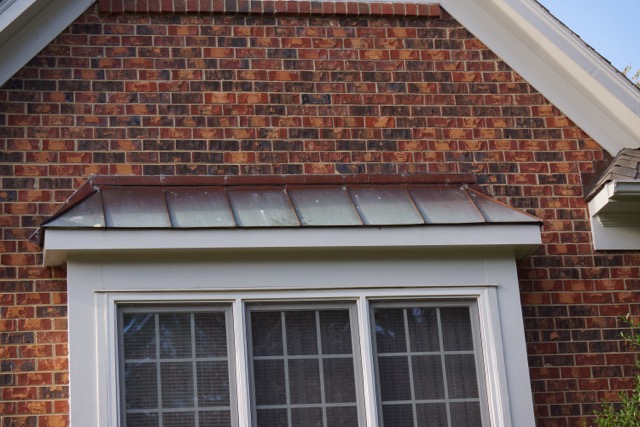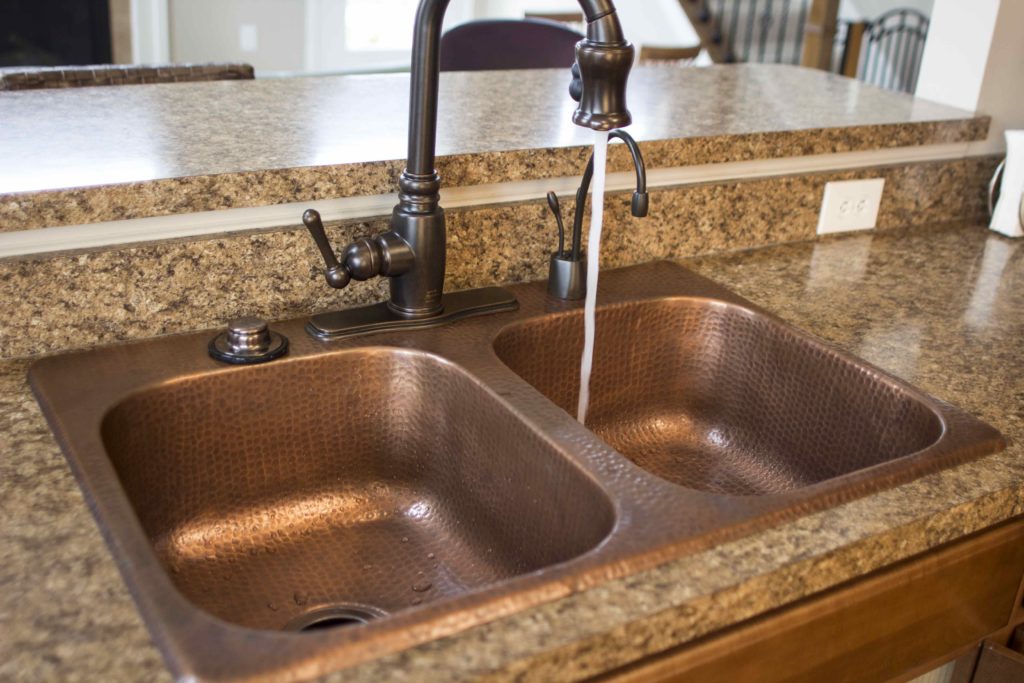Copper FAQs From An Expert Metallurgist
 At Sinkology, we get all kinds of questions from our customers about the nature of copper. Since it is such a unique metal, many people aren’t too familiar with its finer points and distinctive properties. So, we’ve asked Walter Sperko, an expert metallurgist and copper specialist, to help answer some of the more common questions we receive about our copper sinks.
At Sinkology, we get all kinds of questions from our customers about the nature of copper. Since it is such a unique metal, many people aren’t too familiar with its finer points and distinctive properties. So, we’ve asked Walter Sperko, an expert metallurgist and copper specialist, to help answer some of the more common questions we receive about our copper sinks.
Walter J. Sperko, P.E. has a degree in Metallurgical Engineering and over 35 years of industrial experience. He is president of Sperko Engineering Services, a company that provides engineering consultation services in the areas of materials selection for different applications throughout the power, petrochemical and chemical processing industry and the fabrication and assembly of piping, boilers, and tanks to contain industrial chemical process fluids that use those materials. He is a registered Professional Engineer in several states and a Fellow of the American Society of Professional Engineers.
What are Sinkology copper sinks made from?
 Sinkology copper sinks are made from commercially pure copper — 99.9% copper. While trace amounts of oxygen and phosphorous are present in the remaining 1/10th of a percent, these don’t have any effect on strength or its corrosion resistance.
Sinkology copper sinks are made from commercially pure copper — 99.9% copper. While trace amounts of oxygen and phosphorous are present in the remaining 1/10th of a percent, these don’t have any effect on strength or its corrosion resistance.
Copper has been used by humans for thousands of years. When copper wiring, copper plumbing tube, tube in air conditioners and other sources are scrapped, enough of it is recycled to account for 50% of the commercially pure copper that is produced. As long as the composition of the copper is properly controlled, it makes no difference if the copper used to make a sink is virgin material that was extracted directly from copper ore or it is recycled copper or it is a mix of the two sources.
Where does a copper sink get its strength?
Copper is about as strong as the steel that is used for automotive sheet metal. Like automotive sheet metal, when copper is formed, it gets stiffer and stronger making it harder and more wear-resistant.  Copper sinks get their strength from their shape and the thickness of the metal. While our sinks are made from 16 gauge copper that is 0.065 inches thick, our sinks are drawn to form smooth, rounded corners that make cleaning easy. Also, because the sink is box-like in shape, it is very rigid, resisting bending and flexing in service. While our sinks are hot-formed to achieve their general shape the forming temperature is not hot enough to soften the copper. Further, our sinks are hammered after forming, and hammering cold-forms the copper, hardening its surface making it damage-resistant in the same manner as cold rolling does on sinks made from cold rolled copper. One benefit of hammering to harden the copper is that cold rolled copper softens significantly when it is welded, so weld lines on a welded sink will be much softer than seamless hammered sinks.
Copper sinks get their strength from their shape and the thickness of the metal. While our sinks are made from 16 gauge copper that is 0.065 inches thick, our sinks are drawn to form smooth, rounded corners that make cleaning easy. Also, because the sink is box-like in shape, it is very rigid, resisting bending and flexing in service. While our sinks are hot-formed to achieve their general shape the forming temperature is not hot enough to soften the copper. Further, our sinks are hammered after forming, and hammering cold-forms the copper, hardening its surface making it damage-resistant in the same manner as cold rolling does on sinks made from cold rolled copper. One benefit of hammering to harden the copper is that cold rolled copper softens significantly when it is welded, so weld lines on a welded sink will be much softer than seamless hammered sinks.
Will my copper sink corrode?
Copper corrodes naturally in the presence of moisture. A polished copper sink will require regular wiping down and occasional polishing to maintain its luster and appearance. Sinks with antique finishes are already oxidized to the natural brown color of an old penny; this finish is the natural color of copper oxide, and, because it’s an oxide, it is very stable, requiring only regular wiping down to remove mineral deposits when the water being used contains a lot of minerals. If an antique finish surface is scratched and bright copper shows through, that scratch will oxidize back to natural brown over time, or the scratch can be covered overnight with a paper towel wetted with vinegar, accelerating the oxidation process.
Copper does not turn green in normal household environments, although soaps can contain mild acids and salts that may create an oxide that is other than brown. While the Statue of Liberty skin is pure copper just like our sinks, it is constantly exposed to ocean spray which contains chloride salts, resulting in a green-blue patina of copper chloride rather than the medium-brown copper oxide that is formed on the surface of a penny. Normal copper oxide colors develop from deep red at the first stages of oxidation to reddish brown as the oxide layer builds up to old-penny brown when the oxide layer is fully formed. Occasional exposure to household bleach, soap and similar cleaning agents will not cause copper to turn green provided it is not allowed to remain on the surface too long and if unwanted discoloration occurs, it is normally easy to remove with fingernails or a nylon scraper.
Is copper safe to use in sinks?
The water that is distributed in most houses is carried in copper tube. Copper tube develops a thin oxide layer that prevents the copper tube from dissolving in potable water similar to the oxide that copper develops with normal atmospheric exposure.
Household chemicals such a vinegar, bleach and soaps may react with copper and discolor it or change the color of the finish if allowed to sit on the copper too long. Some foods such as grilled onions can contain free sulfur compounds that react with copper giving off harmless mild odors when the sulfur compounds are released to the air.
If you have any additional questions, our Sinkologists are here to help. Contact us or follow us on Facebook, Twitter, Houzz, Pinterest, YouTube, or Instagram for more helpful tips and design ideas.

